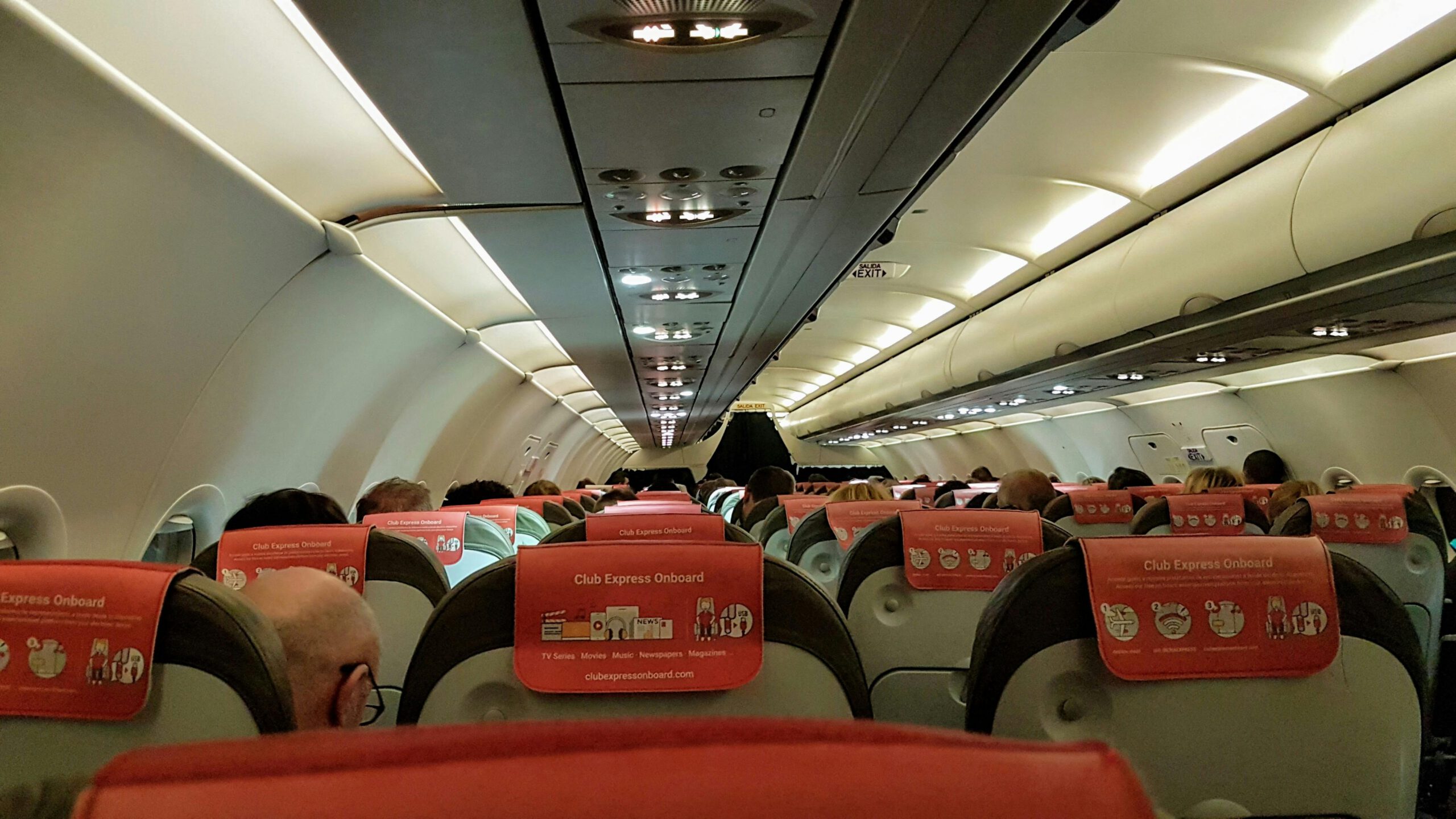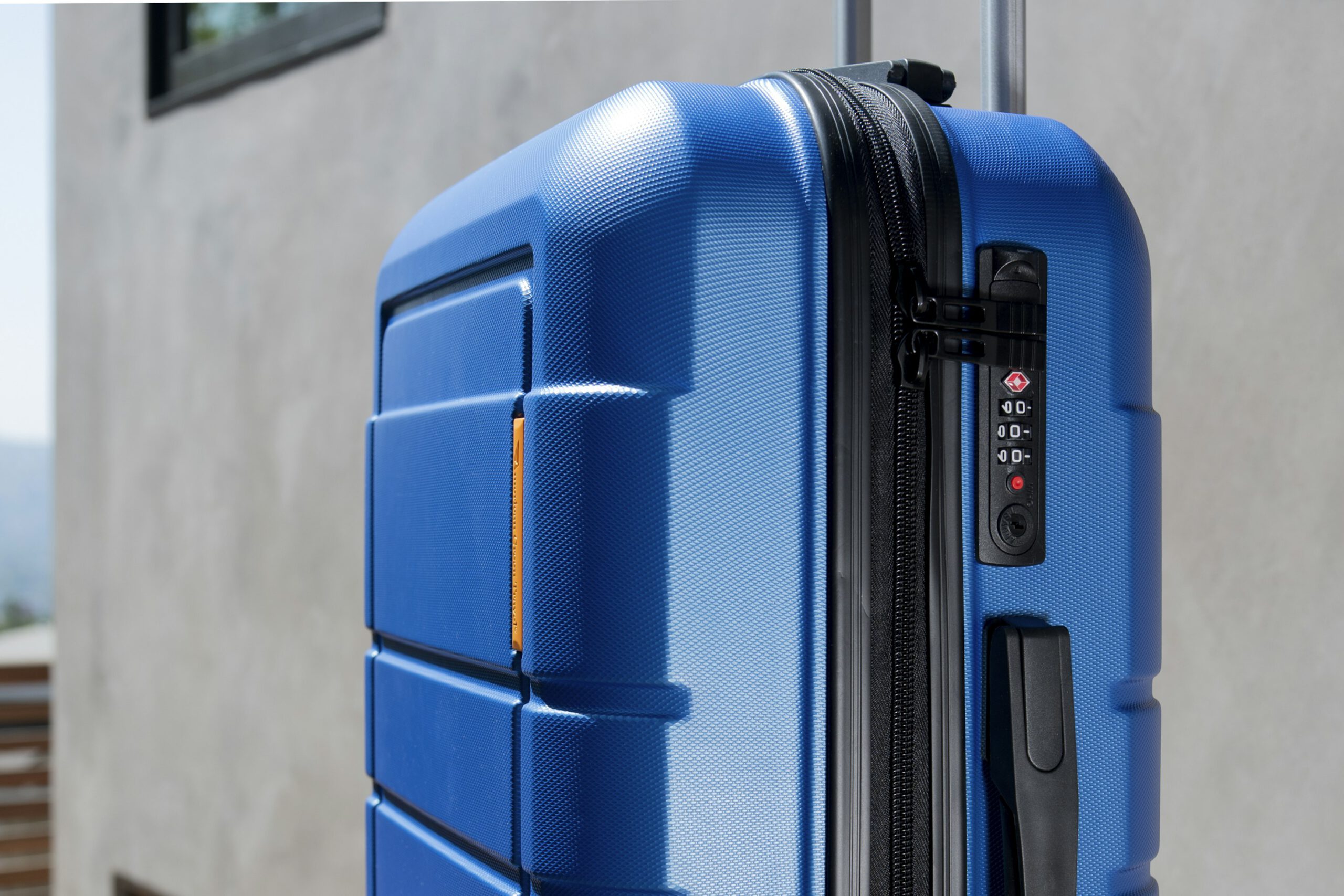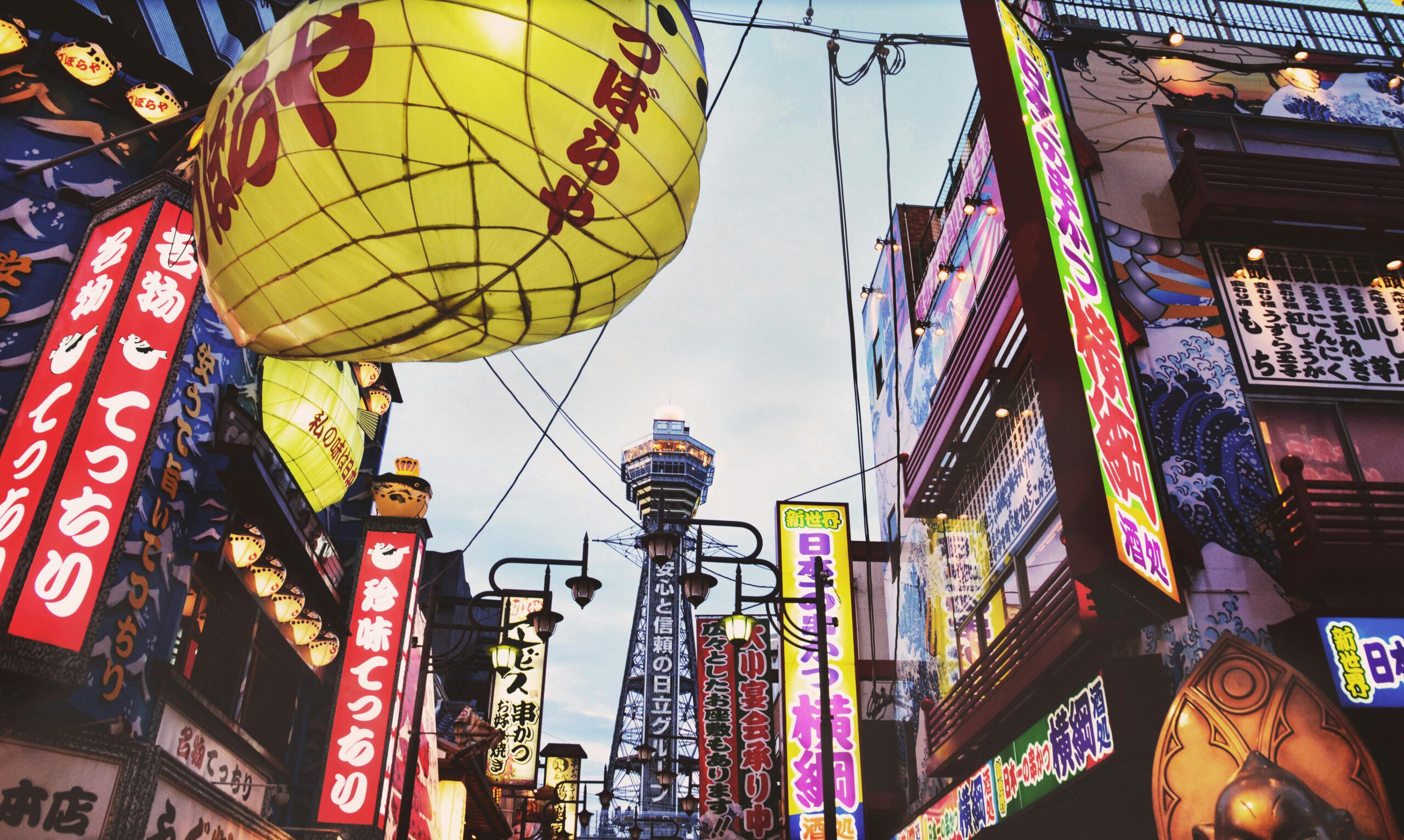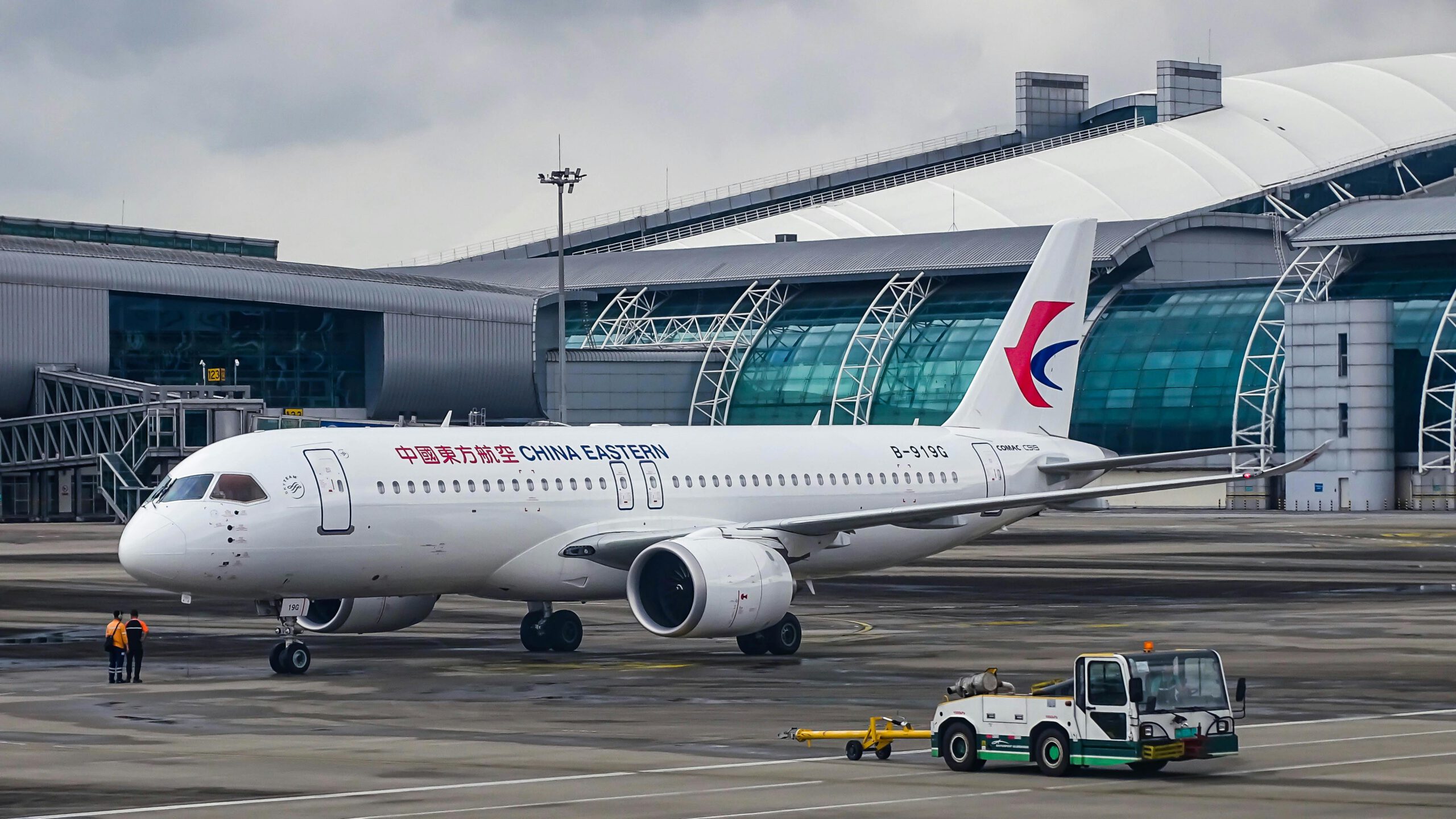5 Reasons Why Cabin Lights Are Dimmed During Takeoff and Landing

Have you ever noticed that just before a plane takes off or lands, the cabin lights suddenly go dim? One moment everything is brightly lit, and the next it’s all moody and dimmed down. You might think it’s to help you sleep or set the mood but actually, there’s a much more important reason behind it.Dimming the cabin lights during takeoff and landing is part of a safety protocol. Curious why? Let’s break down the real reasons.
1. So Your Eyes Can Adjust to the Dark
Imagine if there was an emergency during takeoff or landing, and you had to evacuate quickly. If your eyes were just exposed to bright lights, it might take a few seconds for them to adjust to the darker conditions and that delay could be crucial.
By dimming the lights in advance, your eyes are already prepared for lower light conditions. This way, you can clearly see emergency exit signs, floor lighting, or crew instructions without struggling to adjust your vision.
2. To Avoid Glare and Confusion
Bright lights during moments of panic can make things worse. If there’s a sudden jolt or turbulence while the lights are on full blast, some passengers might get disoriented. Dim lights help reduce glare and keep your vision calm and focused especially when you need to stay alert.
3. To Make Emergency Lights Stand Out
Airplanes are equipped with emergency lighting usually along the aisles or near the exits. When the cabin is dim, these lights become more visible. That’s super helpful in situations where you may need to quickly follow the lights to get out, especially in the dark or if there’s smoke in the cabin.
So in a way, dimming the lights is like highlighting your escape path just in case.
4. It’s an International Safety Standard
This isn’t something airlines just decide on a whim. Dimming the lights during takeoff and landing is part of global safety standards set by aviation authorities like the FAA (Federal Aviation Administration) and ICAO (International Civil Aviation Organization).
Allost every airline in the world follows this procedure. So when the lights go down, it’s a sign that the crew is following proper safety protocols not just cutting the power to save on electricity!
5. It Helps Keep Nervous Flyers Calm
Let’s be real not everyone enjoys flying. Takeoff and landing can be especially nerve-wracking for some people. Bright lights, loud engine sounds, and turbulence can make anxiety worse.
Dimming the lights helps create a more calming atmosphere in the cabin. It makes the environment feel less intense and can even help people relax, close their eyes, and breathe a little easier.
In Summary
Dimming the cabin lights during takeoff and landing isn’t just for show or comfort. It’s a small but important part of flight safety. It helps passengers adjust their eyes, find their way in emergencies, and stay calm when it matters most.
So next time you’re on a plane and the lights dim right before takeoff or landing, you’ll know exactly why. It’s not about style it’s all about safety.







